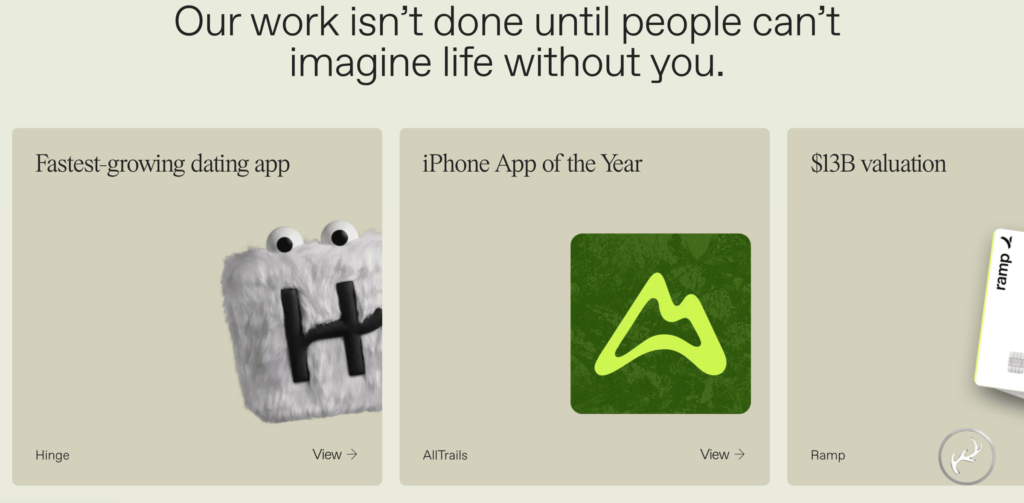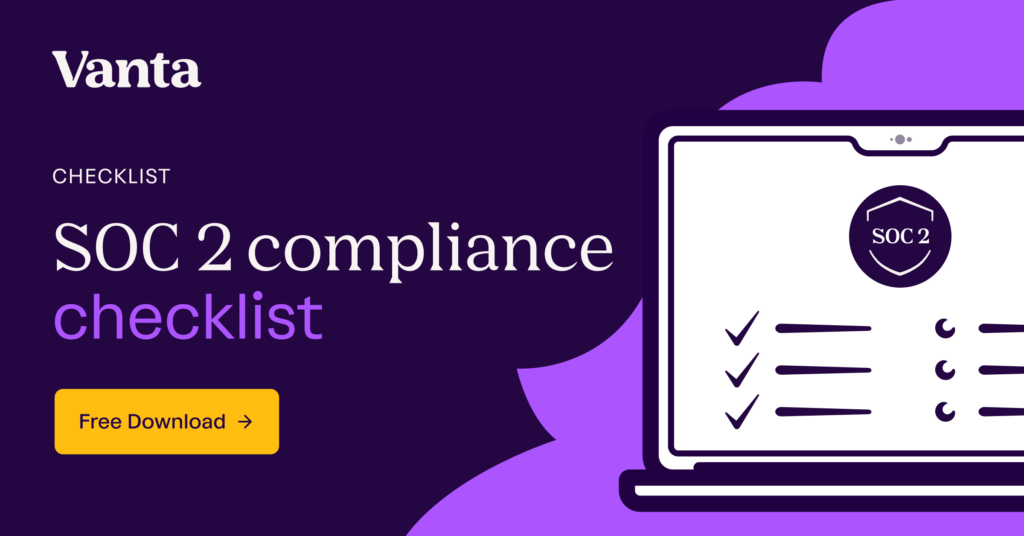Welcome to One Thing Better. Each week, the editor in chief of Entrepreneur magazine (that’s me) shares one way to achieve a breakthrough at work — and build a career or company you love.
Today’s edition is sponsored by Vanta — the all-in-one trust management platform. Details at the end of the newsletter.
You know what you want. But it doesn’t make you happy.
Maybe you reached a goal, but it wasn’t as satisfying as you expected. Or you’re chasing a goal, but it feels perpetually out of reach.
Either way, now you feel stuck.
Today, I’ll share the antidote — which I call “Say yes to more than what you want.” It’s a way of thinking beyond your immediate goals, so you aren’t trapped by them.
When you do this, you find more satisfaction, more opportunity, and you become less attached to any one outcome. Frankly, it’s the secret to my own happiness.
Today, I’ll show you how to do it — but first, let’s look at someone who didn’t follow this advice.
The danger of a single path
I met my friend Tim in 2009, when we were both low-level magazine editors. He had a dream of working for one specific magazine. Every career step he took was designed to get him there.
And it worked! A few years later, he got his dream job.
Then he discovered that it was terrible. The hours were awful, the culture was rotten, the boss was impossible to work with. He was constantly overworked and disappointed.
But he stayed. For years. “This is where I’ve always wanted to be,” he would explain to me, even as it made him miserable.
The trap of hyper-specific goals
The way I see it, Tim followed the classic advice: He identified a goal, then worked to achieve it.
But there’s a problem: That advice does not account for variables.
Goals may not be achievable. Or if you achieve them, they may not be as satisfying as you hoped.
In pursuit of goals, we often say yes to a small number of things — and no to a lot more.
It’s time to fix that. You need to say yes to more than what you want.
Why? Three reasons:
- You’re accounting for the possibility that you won’t always get what you want.
- You’re spreading out your emotional investment — so any single failure or disappointment will feel less devastating.
- You’re giving yourself more chances to succeed.
To do all this, we need to dig deeper into what you really want.
And here’s how to do that:
Before you say “yes”, you must ask “why”
Let me tell you about something called The Why Test.
It was created by Emily Heyward, cofounder of a branding agency called Red Antler. It’s the engine behind Hinge, AllTrails, Ramp, Supergoop, and more. Here’s from their site:

Heyward’s job is to create incredible branding — which means she must understand why any particular brand is meaningful to its consumers.
So she created a little exercise to accomplish this. Here’s how it works:
- Start by describing a brand’s core product.
- Then ask, “Why does that matter?”
- Then ask it again. And again. Until you reach something meaningful.
For example, let’s say she’s working on a brand that makes high-quality running shoes. They might ask…
Why do these shoes matter? Because runners need reliable, comfortable shoes.
Why does that matter? Because when runners have the right shoes, they perform better and avoid injuries.
Why does that matter? Because when runners can focus, they push personal limits and feel unstoppable.
Boom. That’s the start of a powerful brand!
Now here’s the best part: Although Heyward uses this test for branding, you can use it to identify your core motivations.
Digging down, to climb back up
Start by stating your specific goal — whether that’s a job, accomplishment, or career metric.
Now ask: Why does that matter? Why does that matter? Why does that matter?
It’s like you’re digging downward, searching for what really motivates you. Once you find the answer, you can build back up toward specific opportunities.
Imagine the process like this:

For example, imagine doing this with my friend Tim. He wanted to work at that specific magazine…
Why that magazine, Tim? Because my favorite writers worked there.
Why does that matter? Because it’s a symbol of success.
Why does that matter? Because I want to work at levels that match my ambition.
OK! Now we got somewhere. Tim’s goal isn’t to work at that magazine; it’s to feel rewarded for his talents.
Where else can he find that? What else can he say yes to?
Now the fun really starts.
Don’t wait until you need this
Eventually, Tim was laid off. He did a lot of soul searching, took some random jobs, and now leads a global content team for an incredible brand, where he feels challenged in all the right ways.
But Tim could have saved himself a lot of trouble by asking why earlier — and finding other things to say yes to.
That’s the most important part of all this: Do not wait to say “yes” until you’re miserable!
“Saying yes” isn’t a backup plan. It’s what you should do constantly, even when you’re happy.
For example: When I became editor in chief of Entrepreneur magazine, it was the fulfillment of a career-long goal. But I immediately asked myself: “What other opportunities are now available to me?”
I realized that I’m not motivated by making magazines — I’m motivated by building useful things with my voice and perspective. Magazines are just one way of doing that.
So what else could I say yes to? I started exploring. Speaking, this newsletter, podcasting, new companies. This made me less afraid of failure, and less attached to the outcome of any one project. If Entrepreneur disappeared tomorrow, for example, I would be sad — but I’d have other avenues to pursue. That feels like freedom.
Not everyone has this kind of flexibility, of course. But that’s OK. Saying yes doesn’t require side hustles.
Saying yes just means thinking bigger — challenging your sense of self, and your goals.
Saying yes just means chasing curiosities — talking to new people, developing a larger network, exploring new ideas.
Saying yes just means saying yes to yourself — that you can do more than you thought, and that you might even love it more than you thought was possible.
That’s how to do one thing better.
The all-in-one trust management platform

To scale your company, you need compliance. And by investing in compliance early, you protect sensitive data and simplify the process of meeting industry standards—ensuring long-term trust and security.
Vanta helps growing companies achieve compliance quickly and painlessly by automating 35+ frameworks—including SOC 2, ISO 27001, HIPAA, and more.
Start with Vanta’s Compliance for Startups Bundle, with key resources to accelerate your journey.
- Step-by-step compliance checklists
- Case studies from fast-growing startups
- On-demand videos with industry leaders
*sponsored